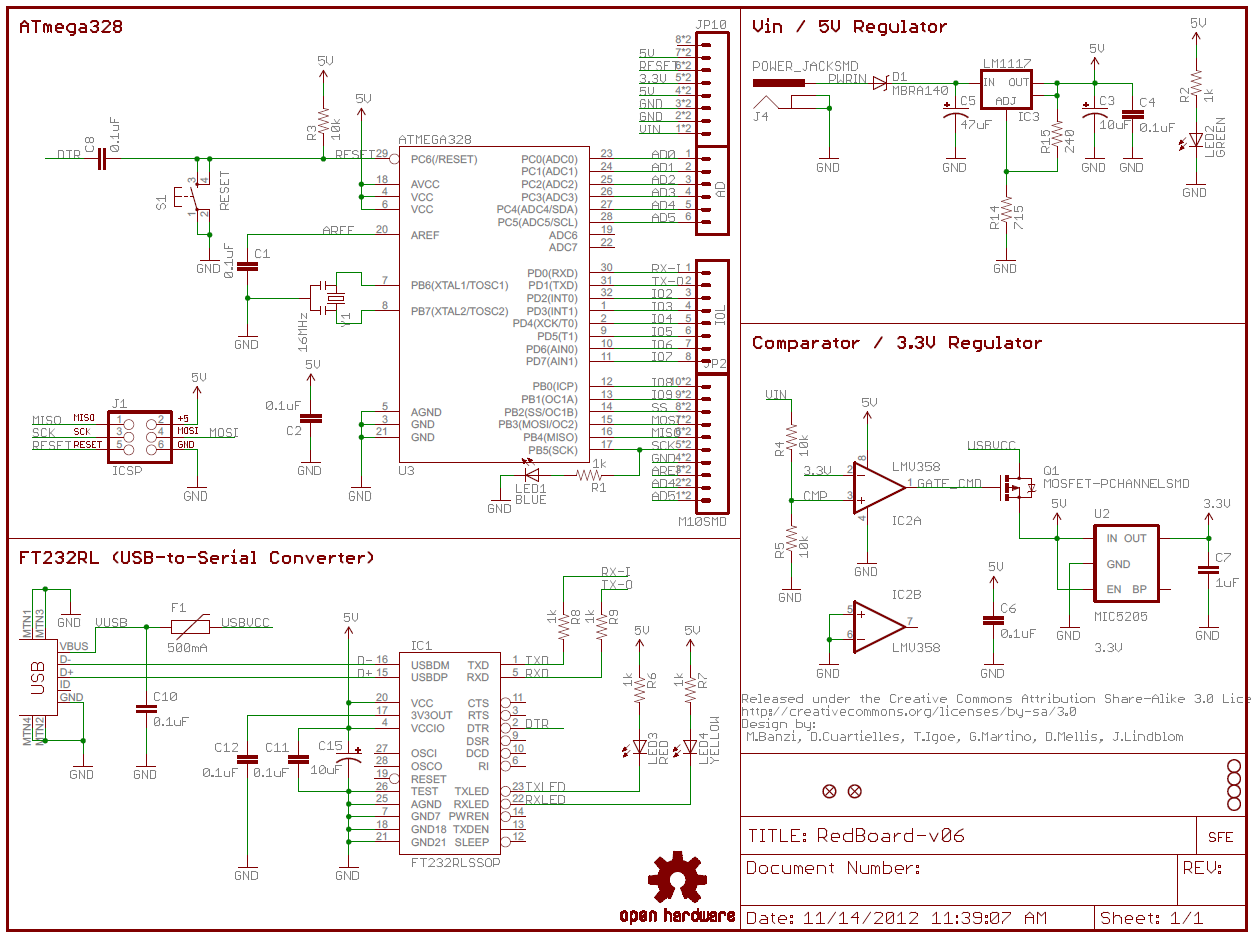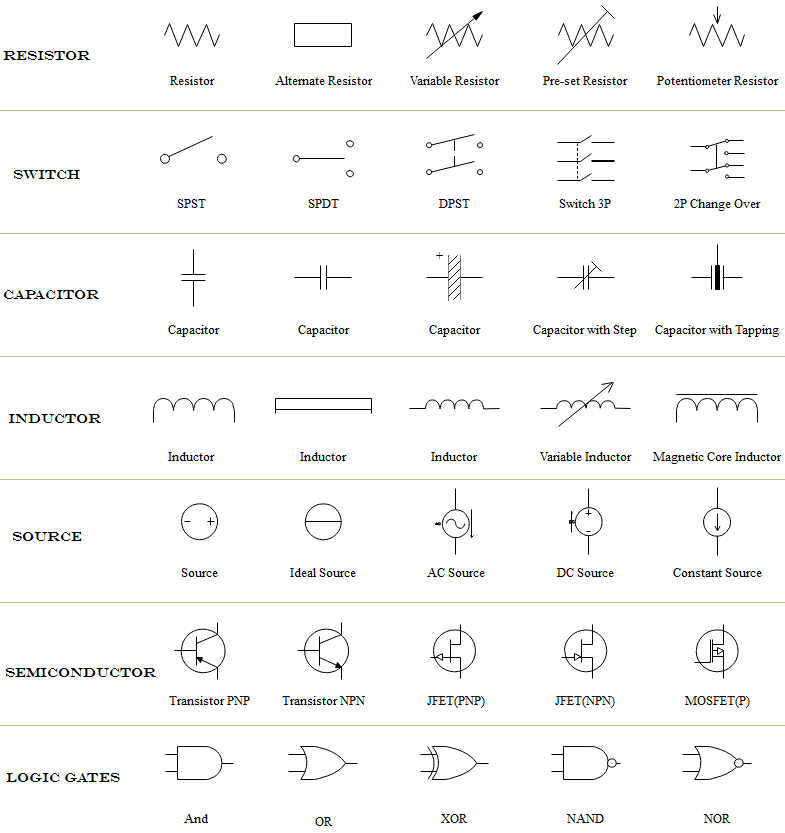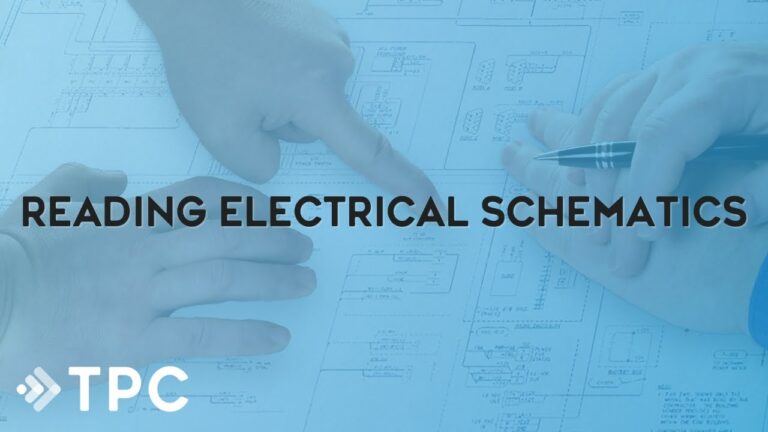Unlocking the mysteries of electrical schematics might seem daunting at first, but with the right guidance, you can master this essential skill. Imagine being able to decode the language of circuits and troubleshoot like a pro.
Whether you’re a budding electrician, a curious hobbyist, or someone looking to enhance your technical skills, understanding electrical schematics can open a world of possibilities. In this guide, you’ll discover simple, effective ways to interpret these diagrams with confidence. Are you ready to transform complex lines and symbols into clear, actionable insights?
Let’s dive in and empower you with the knowledge you need to succeed.

Credit: learn.sparkfun.com
What Are Electrical Schematics?
Electrical schematics are like maps for circuits. They show how parts connect. Symbols are used to represent parts like wires, resistors, and batteries. Each symbol has a specific shape. Lines show how these parts are linked. It’s important to know these symbols. This helps in understanding the circuit.
Reading schematics is like reading a story. The flow goes from one side to the other. Arrows might show directions for current. Once you learn the basics, it’s like solving a puzzle. Practice makes it easier over time. Understanding these diagrams can help fix or make new circuits.
Essential Symbols And Notations
Electrical schematics use many symbols. These symbols show parts and connections. A battery symbol looks like two lines. One line is longer. The resistor symbol is a zigzag line. Capacitors use two lines with space between. Wires are simple lines that connect parts. A switch symbol looks like a break in a line.
Notations tell more about the circuit. Voltage is shown with “V.” Current is shown with “I.” Resistance is marked with “R.” Numbers next to symbols show values. These help in understanding the circuit.
Types Of Electrical Schematics
Electrical schematics show how things connect. Wiring diagrams are a type of schematic. They use lines to show wires. Pictorial diagrams are another type. They show parts like pictures. Block diagrams use simple shapes. They show how parts link. Ladder diagrams look like ladders. They show the flow of electricity.
Each schematic type has a special use. Understanding them helps in reading electrical plans. Learning the symbols is key. Symbols tell what each part does. This makes reading schematics easier. Practice can help improve skills. Using these diagrams can solve problems. They are very helpful in fixing things.
Tools For Reading Schematics
Understanding electrical schematics needs the right tools. A multimeter helps check circuits and connections. It measures voltage, current, and resistance. Using a magnifying glass makes small details clearer. This tool is useful when symbols are tiny. Color-coded markers help highlight important paths. They make tracing easier. Reference books can explain symbols and diagrams. These books are full of useful information. Software tools like CAD programs help visualize schematics. They offer detailed views of components and circuits.
Pencil and paper are handy for taking notes. They help keep track of thoughts and ideas. Circuit boards show real-life examples. They help compare diagrams with actual components. These tools make learning faster and easier. With these tools, reading schematics becomes simple. They provide a great way to learn and understand. Learning is fun with the right tools.
Step-by-step Guide To Reading Schematics
Electrical schematics have many symbols. Each symbol stands for a part. Resistors are shown as zigzag lines. Capacitors look like two lines with a gap. Diodes are arrows pointing to a line. Look for these symbols on the diagram. Find their names in the key or legend.
Start at the power source. Follow the lines from one part to the next. Lines show how parts connect. Some lines cross but do not connect. Small dots mean the lines join. Use your finger to follow each path. This helps you understand how power flows.
Connections link all parts in a circuit. Wires are the lines on the diagram. Nodes are where wires meet. A dot shows a node. No dot means wires cross but do not touch. Follow wires to see how parts talk to each other. This helps you see the big picture.
Common Mistakes To Avoid
Reading electrical schematics can be tricky. Many people make common mistakes. One mistake is not checking the diagram’s symbols carefully. Each symbol means something specific. Another mistake is ignoring connections. Connections show how parts are linked. Always follow them closely.
Some people forget to look at the power source. This is very important. Without power, nothing works. Another error is not understanding grounding. Grounding keeps circuits safe. Never ignore grounding symbols.
Keep notes while reading. Notes help remember details. Also, people sometimes rush through diagrams. Take your time. Patience helps avoid mistakes. Lastly, check for updates in schematics. Old diagrams might miss changes.
Tips For Mastery
Practice regularly to get better at reading schematics. Spend time each day. Look at different diagrams. Try to understand them. This helps you learn faster. Keep a notebook. Write down what you learn. Review your notes often.
Use real-world examples to make learning fun. Find old radios or TVs. Open them up. Study their schematics. See how parts connect. This makes things clear. You will see patterns. This helps in understanding. Try fixing small things. Apply your knowledge.
Seek expert guidance when stuck. Ask someone who knows well. Learn from their experience. Join a club or group. Share ideas with friends. Work together on projects. This gives new insights. Experts can explain hard concepts. Their help is valuable.

Credit: www.edrawsoft.com

Credit: www.youtube.com
Frequently Asked Questions
What Is An Electrical Schematic Diagram?
An electrical schematic diagram is a visual representation of an electrical circuit. It uses symbols to show components and connections. These diagrams help in understanding how a circuit works. They are essential for troubleshooting and repairing electrical systems.
How Do You Read Schematic Symbols?
Reading schematic symbols involves recognizing standard symbols for electrical components. Each symbol represents a specific component, like resistors or capacitors. Familiarize yourself with common symbols to understand circuit diagrams better. Practice regularly to improve your reading skills.
Why Are Electrical Schematics Important?
Electrical schematics are important for designing, building, and troubleshooting circuits. They provide a clear layout of components and connections. This helps engineers and technicians understand and repair electrical systems efficiently. Schematics also ensure safety and compliance with electrical standards.
How Do You Interpret Circuit Connections?
Interpreting circuit connections involves following lines that represent wires connecting components. Each line shows the path of electrical flow. Understanding connections helps identify how components interact within a circuit. Practice by tracing paths in sample schematics to improve your interpretation skills.
Conclusion
Understanding electrical schematics can seem challenging. But with practice, it gets easier. Start by learning basic symbols. Then, follow the lines and connections carefully. This will help you see how components interact. Don’t rush. Take your time to study each part.
Always double-check your understanding. Mistakes can happen, but they are learning opportunities. Use online resources and guides for extra help. Practice regularly to improve your skills. Soon, reading schematics will become second nature. Keep learning and stay curious. Your efforts will pay off in understanding complex electrical systems.
